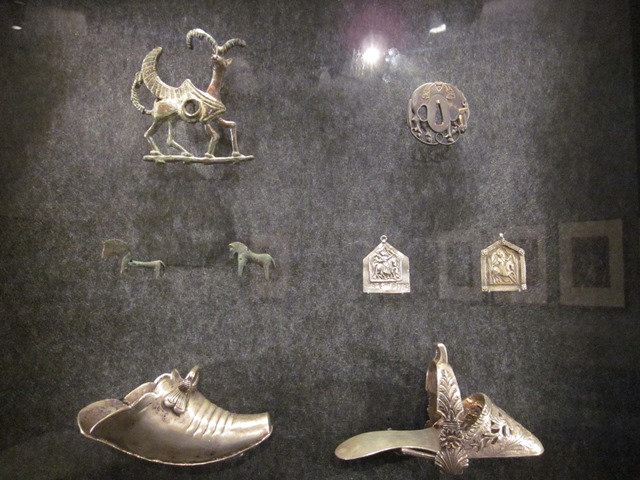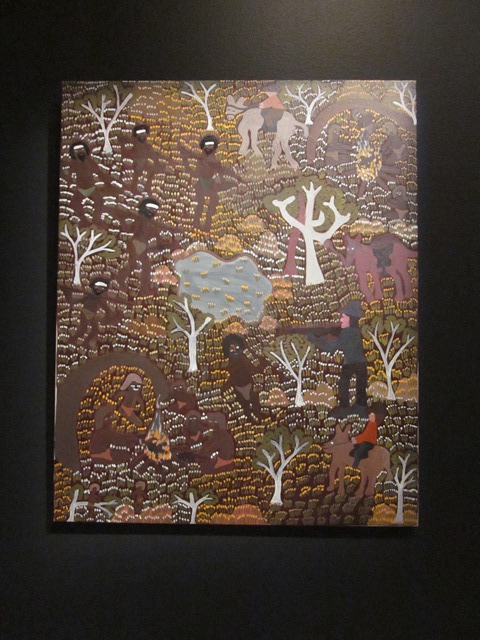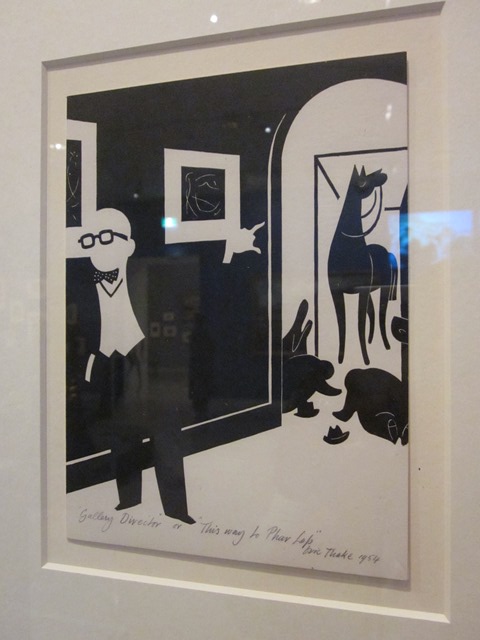Yesterday, Victorian auction house Mossgreen auctioned off a large private collection of Phar Lap memorabilia, consisting mostly of race programs for events the horse competed in. The collector is an American named Gary Madeiros. Though he is portrayed as a sports fan, he is also acknowledged to be a former stockbroker who “knows how to accumulate and monetise.” [1]
Madeiros assiduously collected the Phar Lap material, writing to race clubs in Australia, and buying the last item in his collection, Phar Lap’s Agua Caliente race book, from the owner of a bar in “not the nicest neighbourhood” of San Francisco 5 years ago.[2] Now, the collection is valued at over $150,000,[3] though it was not being sold as a collection. Instead, every one of the 28 race programs was auctioned off separately. This, according to Mossgreen’s Max Williamson, is “to try and get them to collectors rather than museums.” [4]
Really? Why? What’s the objection to such objects going to museums? Of course the hard fiscal reality is that the greatest amount of cash will be realised by selling such items individually, and targeting wealthy private collectors rather than cash-strapped public institutions. But the above statement makes it sound like it is somehow morally preferable for these items to go into private hands, as though museums are the lesser choice.
This baffles me. Sold to private collectors, these socially and historically significant items will be squirelled away, enjoyed exclusively by those with the wealth to own them. Or perhaps they will go into a bank vault somewhere, where the next canny investor, fully cognisant that time will only increase their worth, sees them as a sound investment. This, of course, is completely anathema to the spirit of the museum. While it is true that only around 5% of a museum’s collection can ever be displayed at any one time, for reasons including space restrictions, resourcing, and conservation concerns, as public institutions museum collections are always available to their stakeholders – that is, the public – for research, even when not on display.
In rare instances (such as that of Phar Lap’s heart at the National Museum of Australia, and his hide at the Melbourne Museum), some objects that are held in such high regard by this public are retained on perpetual display in spite of what might be regarded best-practice conservation measures, simply because these objects are too important, and too well-loved, to ever be taken off exhibit.
Imagine if, at Phar Lap’s death, instead of Harry Telford’s donation of the heart to the Australian Institute of Anatomy, or David Davis’s donation of the hide to National Museum of Victoria, these objects had been disdainfully withheld, and alternately been put into the hands of the highest bidder, disappearing into private collections? Do we imagine for one second that these iconic objects would be as accessible to Australians as they are today? As they have been for almost a century?
I understand someone’s desire to collect as an investment, and to reap the financial rewards of their collection. It’s what the art market is founded upon, after all. But I also strongly object to any intimation that historically significant material disappearing out of the public sphere, unavailable for public access, is somehow preferable to its acquisition by a museum. Not for the material itself, and certainly not for Australian society more broadly. The only people to benefit in these scenarios are the investors who are selling, and the increased profit margins of the auction houses.
REFERENCES:
Chris Johnston, “Phar Lap ‘stuff’ worth $150,000, and climbing,” the age online, 7 May 2016, accessed 10 May 2016 http://www.theage.com.au/victoria/the-phar-lap-stuff-worth-150000-and-climbing-20160506-goo6xs.html
[2] ibid
[3] ibid
[4] ibid















